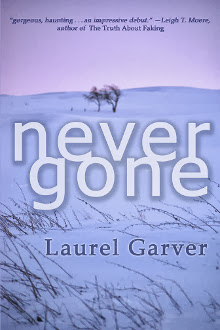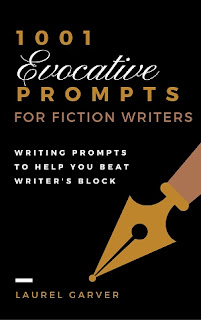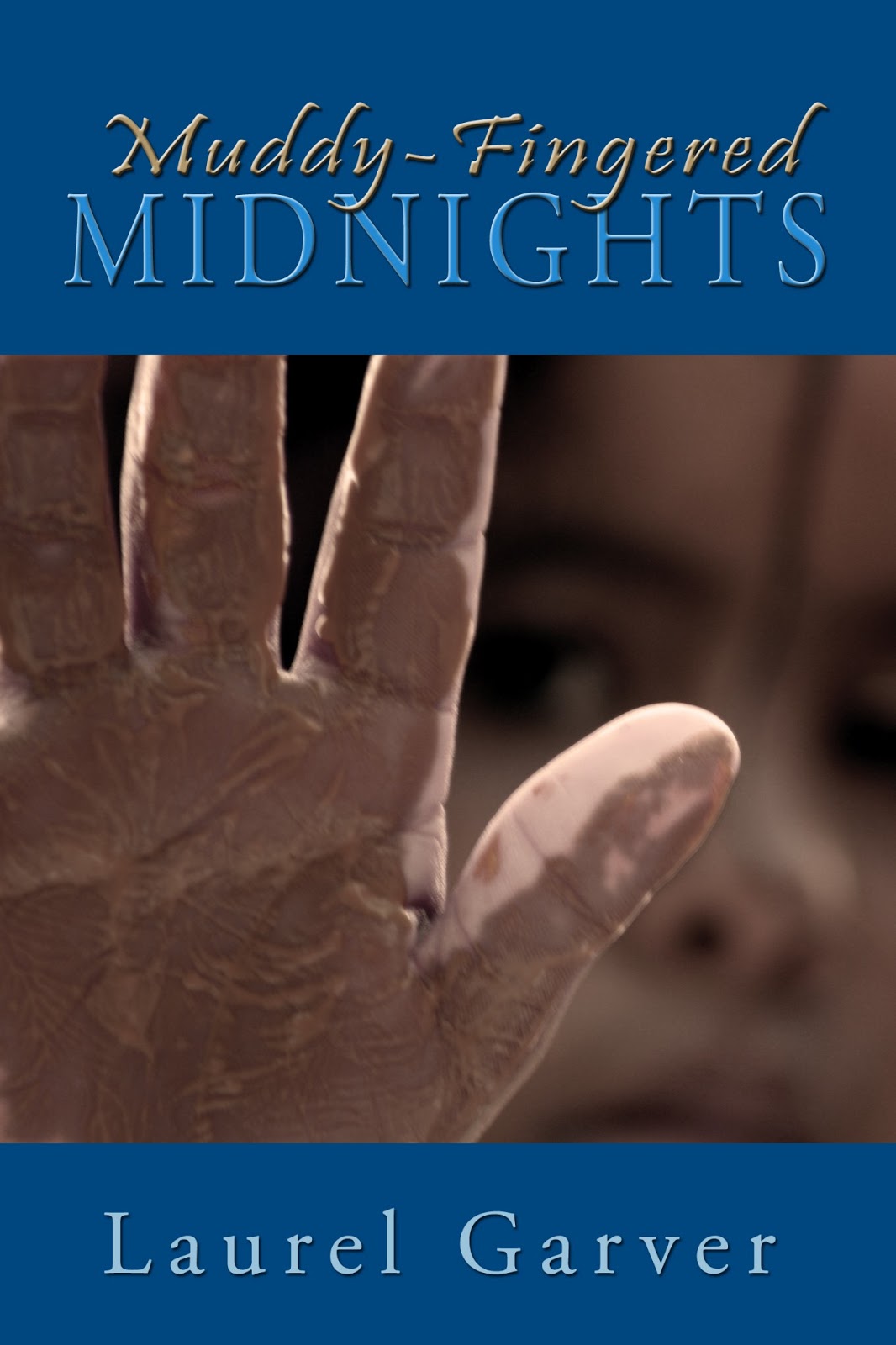While doing a filing cabinet purge, I came across a year-in-review letter from one of the most difficult years of my adult life, 1993. I was a young, post-college girl in my first job as a reporter and editor on a trade publication for the natural gas industry. Go ahead. Laugh. The third grader inside is surely thinking about beans and bodily processes, not drilling, pipelines and seasonal fuel price spikes.
This particular year, I experienced in a somewhat literal way the effects of being "refined by fire." The now cliche phrase comes from goldsmiths who purify gold by burning away the impurities.
= = =
The Monday following the worst blizzard of winter, I was scheduled to fly to Houston to attend a trade show, The Houston Gas Fair. With every major road closed and the airport congested with three days' worth of stranded travelers, I was still able to make the flight within five minutes of takeoff [
this was long before 9/11 and any airport security]. Not bad considering I had to dig my car out of 18 inches of snow, drive an icy circuitous route, pick up my boyfriend who could drive the car home, and
dash like O.J. Simpson through the terminal with a suitcase, briefcase, and 2 huge displays.
Once I arrived and set up the booth, it was great fun to meet in person all the industry people I'd regularly interviewed over the phone. But as they spread the story of how I miraculously escaped the snowed-in East coast, my booth had a steady stream of new visitors wanting to hear my story. Apparently almost no one else coming from Philly, D.C., Baltimore, New York, Boston, or any other points northeast had made it to the trade show. I was feeling like the miracle girl. It wasn't until I returned to Philadelphia that I learned just how much.
The day after I returned from Texas, a high school friend called to ask how my parents were doing. I was a bit taken off guard. Was something wrong?
Yes, she informed me. Didn't I know about the two-alarm house fire?
WHAT?????
It took about twenty four hours to locate my parents, in part because their home phone wasn't working and I had to rely on my high school friend to help me get phone numbers for the neighbors and my parents' pastor. [
How we suffered before cell phones and the Internet!] The next-door neighbors had taken my parents in, and eventually I got to hear details.
My mother had been out of town on business and my retired father was home alone working on a project in the basement when the fire broke out. He heard a loud noise, went upstairs to investigate and immediately saw the smoke. Had it not been for that noise, he might not have escaped the fire alive.
Dad ran to neighbors' house and called the fire department. Two squads came out to put out the blaze. In the fire marshal's subsequent investigation, he concluded that arcing at an electrical outlet (when something is only partially plugged in) was crossed by a long curtain and it caught on fire. The blaze spread from there. The heat was so intense that the porcelain of the master bath toilet exploded, shoes in the closet melted, many of the windows burst.
I drove back to my hometown and spent a week helping my folks assess the damage and getting them back on their feet again. About a third of the structure sustained heavy damage and more than half of the contents were destroyed. During my time home, we dug through the sooty rubble in 30-degree temperatures and inventoried as much as we could of the destroyed contents. We also found a rental house for my parents and hired a contractor to repair the house.
The response from the neighbors and my parent's church was overwhelming. Food, clothing, household items and cash poured in. New church attendees my parents had never met appeared with casseroles and yet more clothing. Countless people pitched in with salvage, cleaning, and laundering.
Sometimes it takes a disaster to show you just how much your community loves you. That alone is priceless.
Being well insured was another gift in this particular experience. I hadn't taken all my belongings to Philadelphia with me. I lost thousands of dollars worth of books, clothes, and personal effects. The insurance payout for it became my sustenance later in the year when I got laid off from the natural gas publication and spent two months on unemployment.
Because of the fire money, I was able to move from the suburbs into the the city. I landed a far better job with excellent benefits, including tuition reimbursement. [
Hello, free master's degree.]
Looking back on all this twenty-one years later, I come to a question.
When things happen in your life, how do you decide whether they are good or bad?
I didn't mention that the fire, yes the fire, led my boyfriend to break it off with me because I wasn't giving him enough attention. It seemed like adding insult to injury at the time. But in hindsight, I'm glad to have gotten free of a guy who was clearly not
for me in any sense.
I can see now that the persistence I learned trying to get on that plane to Houston served me well when helping my mom wade through the waist-deep charred remains of their coat closet, seeking a few less-burned fibers to identify each lost coat.
This experience helped me learn to accept the help and embrace of others. Letting others be strong for you is a gift
to them. Generosity has a funny way of expanding everyone's hearts, both the receiver and the giver.
But most of all, I don't look at my circumstances now and assume they're the last word. The good times are a gift, but so are the hardships. Hardships are where real growth happens.
How have hard moments in your past shaped you?







.JPG)








